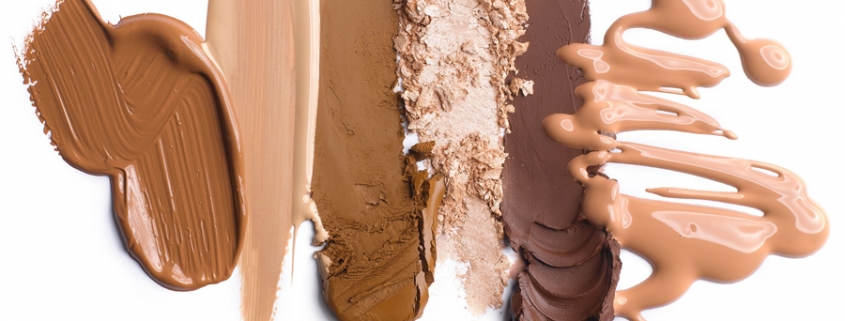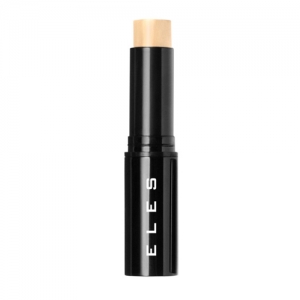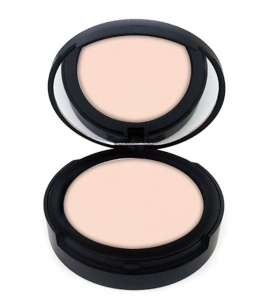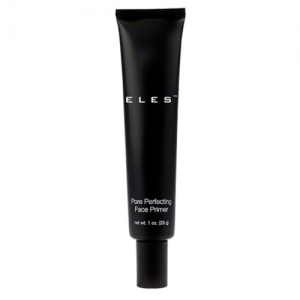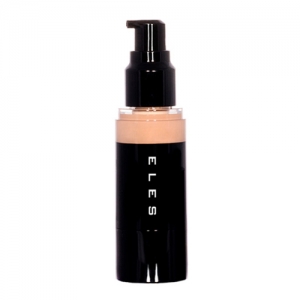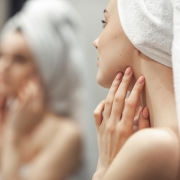What’s your foundation formula? Choosing the right one for you
Whether your skin is oily, prone to breakouts, sits on the more sensitive side or is simply dry, it’s important to take care of it with good skincare products as well as using the right foundation base too.
From mineral to traditional formulations, matte foundation to tinted moisturiser, oil-free to liquid, powder to stick and more, there really is a foundation out there for every skin type and need, but with so many options on the market, it’s not always easy knowing which is likely the best for you! And then there’s the issue of finding the correct colour too!
So whether you are looking for the best foundation to help conceal those pesky pimples, without being the cause of yet another breakout, are after a longer-lasting formula which won’t slide of your oily-prone skin in next to no time, or are simply having trouble determining what might be best for your dry, dehydrated complexion, BC have you covered.
First things first though is understanding your skin type as this will dictate what’s right for you and we are here to tell you how;
For dry, dehydrated and lack-lustre skin
Choose a liquid, stick or tinted moisturising foundation.
Liquid and sticks both tend to have a creamy texture and are formulated with ingredients that deliver moisture directly to the skin while offering great coverage too.
Try: ELES Foundation Stick. It provides the coverage of a concealer, the fluidity of a liquid and the weightlessness of a tinted moisturiser in a longwearing formula that delivers flawless, natural coverage! Winning.
If you prefer something with a dewier finish, try ELES Mineral Sheet Tint SPF 20
For Oily skin
Steer clear of foundations with a dewy finish. This is because oily skin can make the foundation appear way too shiny. Instead opt for a matte, semi-matte powder or Oil-free foundation, whether it be a liquid to powder formulation or a powder compact. They contain ingredients that absorb oil, creating a smooth, matte finish.
Mineral makeup often works well on oily skin because the dry particles tend to absorb moisture and prevent shine.
Try: ELES Liquid Powder Mineral Foundation
For problematic skin prone to breakouts and skin sensitivity
If you struggle with blemished or sensitive skin, you really need to navigate the ingredients in a foundation. It’s best to avoid skin irritants like alcohol and fragrance which can be found in many a foundation and opt for a mineral formula every time. These contain no chemical nasties and will allow your skin to breathe freely.
Try: ELES Liquid Powder Mineral Foundation or ELES Mineral Powder Foundation
For combination skin
Combination skin can be a little tricky as you don’t want to accentuate the dry patches but you need a base that will treat the extra oily spots. A mineral powder foundation will allow you to distribute the oil-absorbing makeup where you need it and less where you don’t without leaving visible lines like some foundations do.
Try: ELES Mineral Foundation Powder or treat the oil with a mattifying primer first before applying ELES Liquid Powder Mineral Foundation.
For ageing skin with pronounced fine lines and wrinkles
There is one type of foundation you should sadly seek to avoid as your skin starts to really age and that’s piling on the powdered foundation. Most face powders tend to magnify lines in the skin, accentuate pores and flatten the complexion which in turn can age us.
Try: If you can’t give up your powder, we get you, but try simply switching to a sheer translucent powder or a mineral-based one. We highly recommend the ELES Mineral Foundation Powder. ELES HD Luminous Foundation is a must too as it will reduce shine but create a youthful luminosity.
Once you’ve selected the right foundation formula the next challenge is choosing the correct colour. But this goes beyond simply looking at your skin tone, instead, you need to understand your skin’s undertone, the colour from underneath the surface of your skin that affects your overall hue…A cool undertone is generally associated with skin that has hints of blue, pink or ruby red, while a warm undertone is more peachy, golden or yellow. To work out which you are, one trick is to look at the veins in your wrist – if they appear blue or purple in colour, you’re cool, if they are green, your warm. And if you have a mix of both you’re neutral!
For a cool complexion, a foundation with a pink undertone will be best, if your complexion is on the warm side go with a shade that has yellow undertones.
Another option is to do the three-stripe trick. Take three foundations that are close to your skin tone, but one that looks more pink, one that looks more yellow and one that looks neutral in colour. Apply one stripe of each along your jawline and gentle blend. Whichever shade disappears into the skin will give an indication of what the undertone really is.

